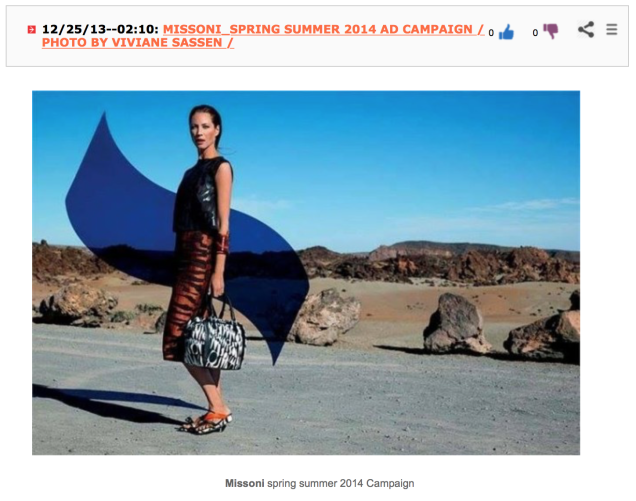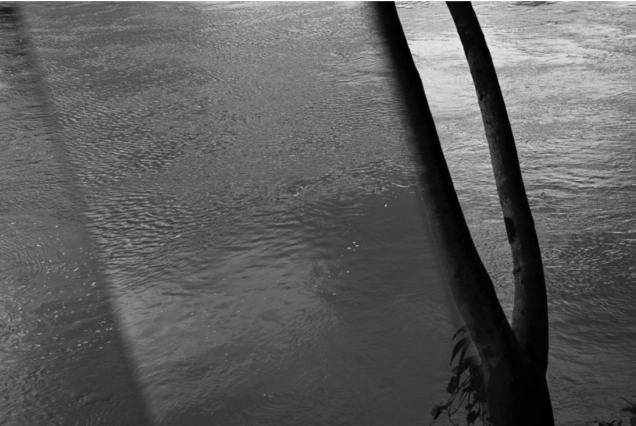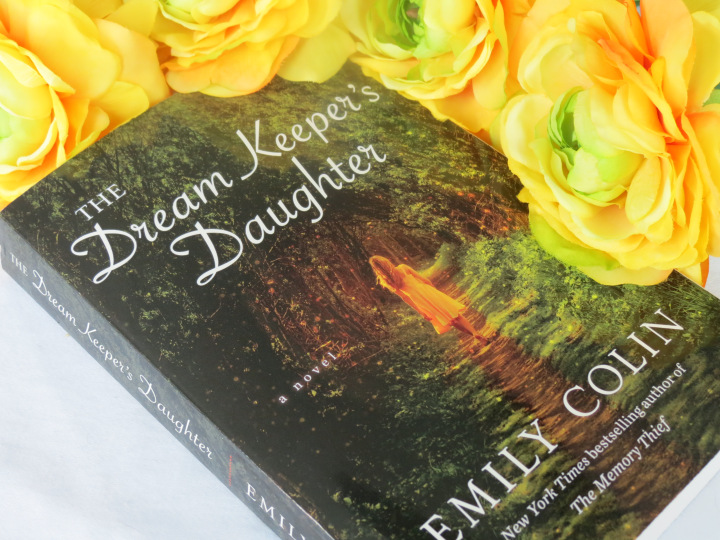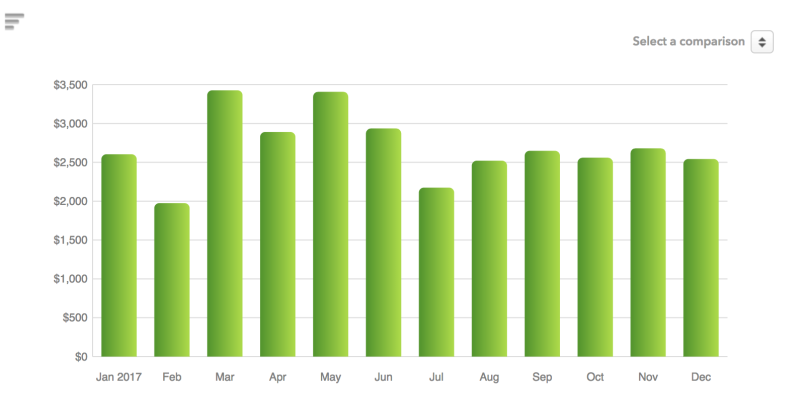Getting ‘out there’ is a desire that rests within most photographers. The drive to share, to seek praise, recognition and appreciation seems innate. Seeking a return is perhaps a tougher call. Defining opportunities requires an understanding of the structure of the ‘routes’ and ‘gatekeepers’ to the market; the market that pays fees.
The market appears to be divided into two, those who commission and those who buy. The financial structure of the photographers practice will be defined by the choice to shoot to order or shoot to sell. The latter will take a greater degree of cash-flow before a return is banked.


The commission will be driven by a brief, and expectation and a timescale. In a world of compressed cash, people and time, the demands on making a decent body of work are high and require a technique to suit that arena. Some photographers talk of this being their extrovert work where they command a presence and fast results and choose as a counterpoint to dwell on their own creative output produced at a pace that suits them. The Dutch photographer Vivianne Sassen expresses her work in just this way, her ‘art’ work is described, in a 2015 interview (itsnicethat.com) as more a ‘solitary process’ and at the heart of it is her passion “I enjoy it so much that I want to do it as much as possible”. Sassen’s visual language pervades her commercial work through into her art work and vice versa, see figures 1, 2.
The ‘brand’ is applied now to individuals, according to Smales (entrepreneur.com) “Your personal brand is how you appear to the world. Therefore, it serves to reason that a strong brand is preferable to one that is unpolished and uninteresting”. Branding underwrites entitles however small or large; the ‘presence’ on line is seen now as being present with premises; the global visibility is not driven my the local place but the global view. However smart the words, the image casts an immediate impression. According to Bradford, in his 2011 paper, “Visual learners – 65% of the population – need to see what they are learning, and while they have difficulty following oral lectures they perform well at written assignments and readily recall material they have read”. We can regard any absorption of information as learning, thus a lack of imagery risks losing almost two thirds of an audience. In a world where imagery is consumed at a most eye-blindingly incredible rate, keeping imagery fresh is important as is the ‘personality’ of a brand. The Management Study Guide neatly summarises this notion “Brand image is the customer’s net extract from the brand”.
There is thus an opportunity for photographers to feed the refresh that is demanded of brand owners as they fixate on the discerning and fickle audience. Pfab, in week 7 (sustainable prospects), notes that “photographers need to ensure that can meet the creative demands that are made of them” in this realm, that is the speed of refresh but also the brand’s particular set of identifying visual ‘hooks’.
Speed, lateral thinking, creative solutions and overall efficiency appear to apply to editorial shooting as well, where commissioners will be leaving little room for error or indeed time to shoot. Pfab, in quoting Scott, talks of being a ‘problem solver, creating choices, empathiser, appropriateness, speed and accuracy’ as overriding characteristics of photographers that wish to tackle this world.
For those photographers that have time to perhaps draw breath and shoot for stock libraries this remains an option. Stock libraries appear high up in search engine results for a plethora of possible client requirements from the generic to the very specific. The reach is far and their investment is in optimising this for the lazy finger of image buyers who are building last minute reports and presentations or indeed brand proposals. Images are bought for a fraction of the budget of commissioning a photographer and indeed the choice is de-risked entirely, few will criticise a writer who selects a dazzling image in minutes to embellish a report. Alamy, an agency I have purchased images from during one of my professional roles, suggests it has 60,000 contributors and 110,000 buyers and on its students’ page it advises “Unlike other agencies we don’t edit on content; our Quality Control (QC) checks are just on technical criteria”. Stock photographs agencies as a norm offer rights-managed and royalty-free images. Rights managed images will be priced depending on the anticipated and allowed usage. Royalty free images are sold depending on the file resolution. I note that most websites, reports and presentations actually only require quite low resolution files. As a provider to a stock agency one no control over image use and it is thus important to decide if it suits the practice one is developing. The British Association of Picture Libraries & Agencies (BAPLA) is a a membership organisation which upholds standards (although at a swift glance it does not speak much about buying customers or contributors), it does advise “BAPLA is a member of the Alliance for IP, The British Copyright Council, The Creative Industries Federation and The Creator’s Rights Alliance. We are a founding member of CEPIC (Coordination of European Picture Agencies Stock, Press and Heritage) and maintain close ties with the DMLA (Digital Media Licensing Association)”.
ReferencesImages
Figure 1 http://arcstreet10.rssing.com/chan-26108025/all_p2.htmlaccessed 12.11.2017
Figure 2 http://www.vivianesassen.comaccessed 12.11.2017
Source References
Sassen Interview https://www.itsnicethat.com/features/magical-thinking-an-interview-with-viviane-sassen-on-the-occasion-of-her-show-pikin-slee accessed 12.11.2017
Smales https://www.entrepreneur.com/slideshow/299671 accessed 12.11.2017
Bradford https://papers.ssrn.com/sol3/papers.cfm?abstract_id=587201accessed 12.11.2017
Management Study Guide https://www.managementstudyguide.com/brand-image.htmaccessed 12.11.2017
Alamy http://www.alamy.com/about-alamy/our-buyers.aspxaccessed 12.11.2017
BAPLA https://bapla.org.uk/en/pages/what-we-do.htmlaccessed 12.11.2017
Advertisements Share this:




